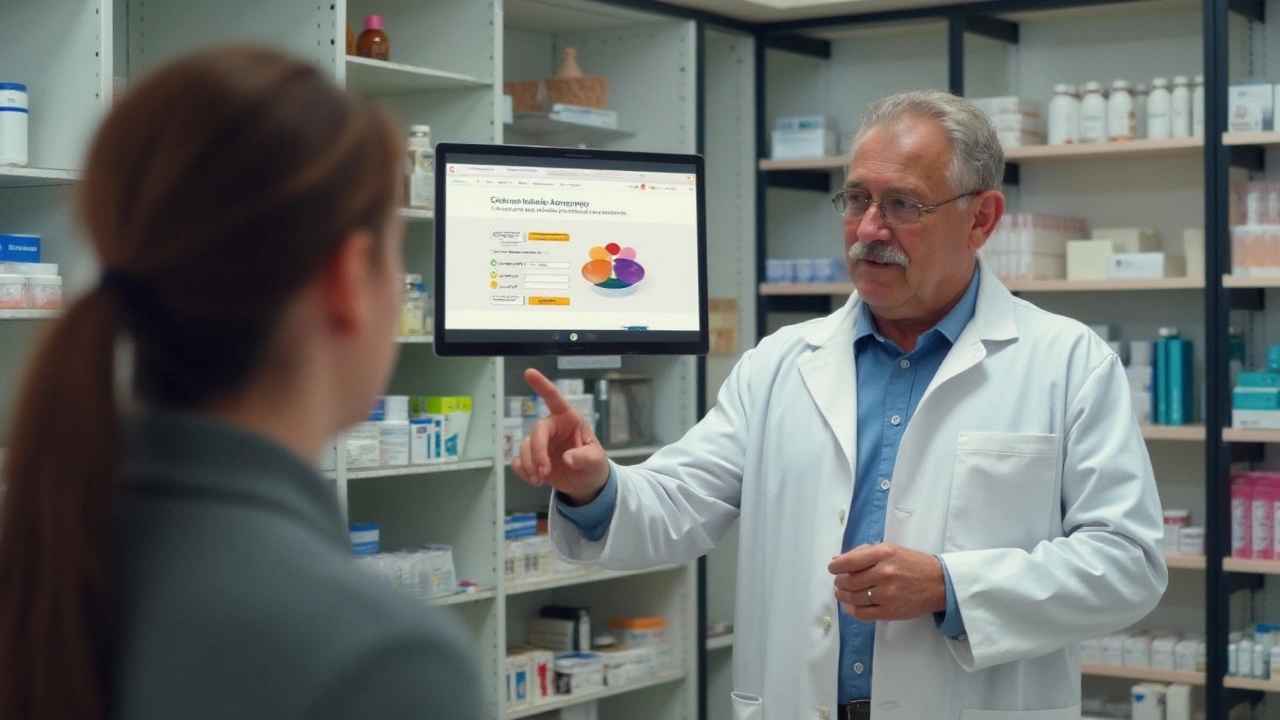Safe purchase: How to buy medications online safely
Buying medicine online can save money and time, but it comes with real risks. Use these practical checks before you click "buy". They help you avoid fake drugs, scams, and shipping problems so you get the medicine you need without surprises.
Check the pharmacy
Verify the site's credentials. Look for a physical address, phone number, and a licensed pharmacist you can contact. In the US, check NABP accreditation or a VIPPS seal; in other countries, look for local regulatory listings. Confirm the pharmacy asks for a prescription for prescription drugs. Sites that sell prescription meds without asking are red flags.
Also check the website basics: a working SSL lock (https), clear privacy and refund policies, and batch numbers or manufacturer details on products. Read recent customer reviews on independent review sites, not just testimonials on the pharmacy page. If prices are way lower than other pharmacies, pause and compare — unusually low prices often mean counterfeit or expired stock.
Smart ordering tips
Ask your doctor for an electronic prescription or a printout you control. Keep copies of order confirmations, tracking numbers, and invoices. Use a credit card or a reputable payment service — avoid wire transfers, gift cards, or cash. Those payment methods are hard to trace if something goes wrong.
Consider customs and import rules if ordering from another country. Some countries allow small personal-use imports, others do not. Packages can be held or destroyed at borders, and you might need to pay duties or provide documentation. If timing matters, choose a seller with reliable shipping options and transparent tracking.
Check the product on arrival. Look at the packaging, expiration date, and pills themselves. If the tablets look different, smell odd, or the package is damaged, contact the seller and your health provider before taking anything. Store medicines as the label says — some need refrigeration, some must stay dry.
When to walk away: if the site pressures you with countdown timers, uses aggressive chat salespeople, refuses to answer questions, or offers to prescribe controlled substances without a proper medical exam, leave. Report suspicious pharmacies to consumer protection agencies in your country.
Final quick checklist: licensed pharmacy, prescription required, secure payment, verified shipping, visible contact info, honest pricing, clear return policy, and pharmacist access. Following these steps makes a safe purchase more likely and keeps your health the priority.
If you're unsure about a seller, try ordering a single refill first rather than a full 90-day supply. Use the pharmacy's chat or phone and ask for the pharmacist's name. A trustworthy pharmacy will answer clearly and give details about manufacturing, storage, and side effects. Keep your healthcare provider in the loop — tell them about any online purchases so they can check for drug interactions. Lastly, save all packaging and photos if you need to report a problem. Small habits like these protect your wallet and your health.
Want a quick checklist you can save? Bookmark this page and use it before every order. Stay safe online.

Safe Ways to Buy Viagra Oral Jelly Online
This article explores the safe purchase of Viagra Oral Jelly online, highlighting its benefits, potential side effects, and the importance of proper dosage. It delves into how sildenafil works, addressing possible drug interactions and offering practical advice for online buying. Readers will gain a thorough understanding of this medication, including tips to avoid counterfeit products and insights on maintaining safety and efficacy.
